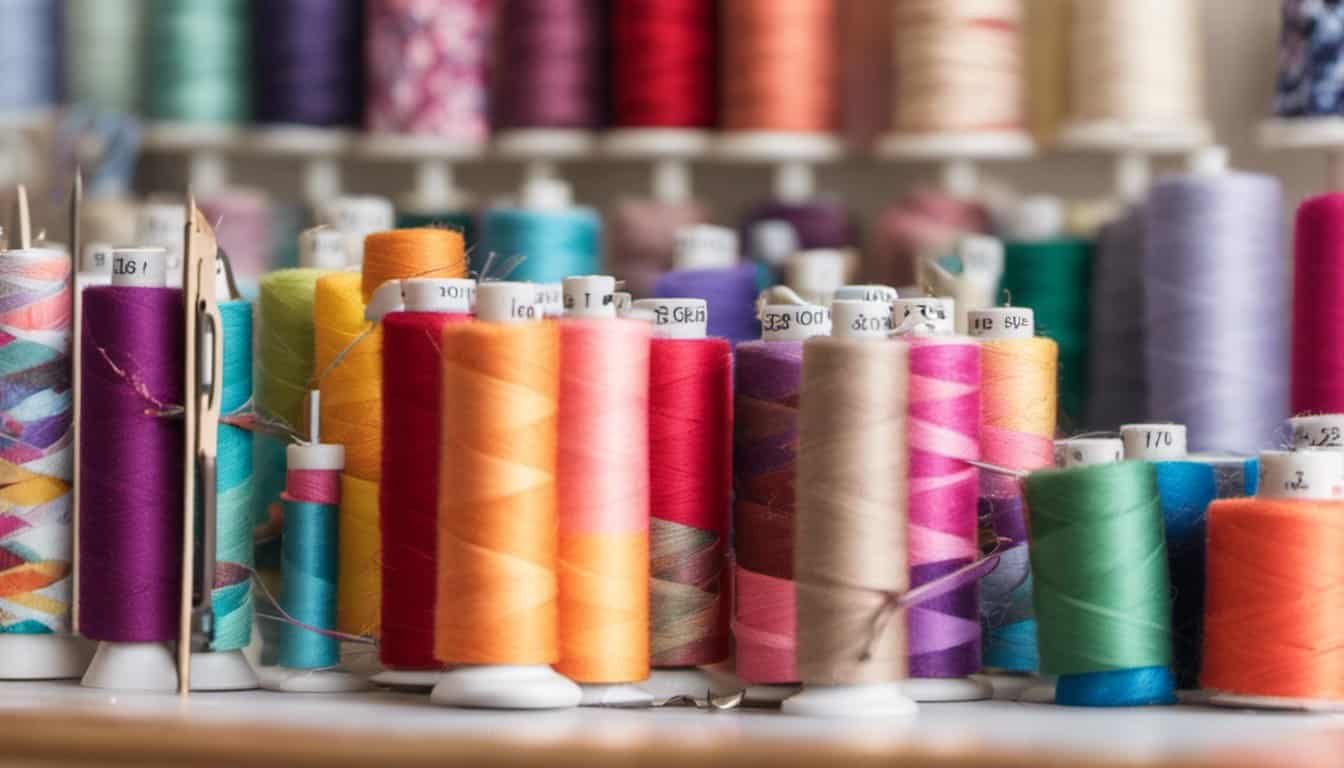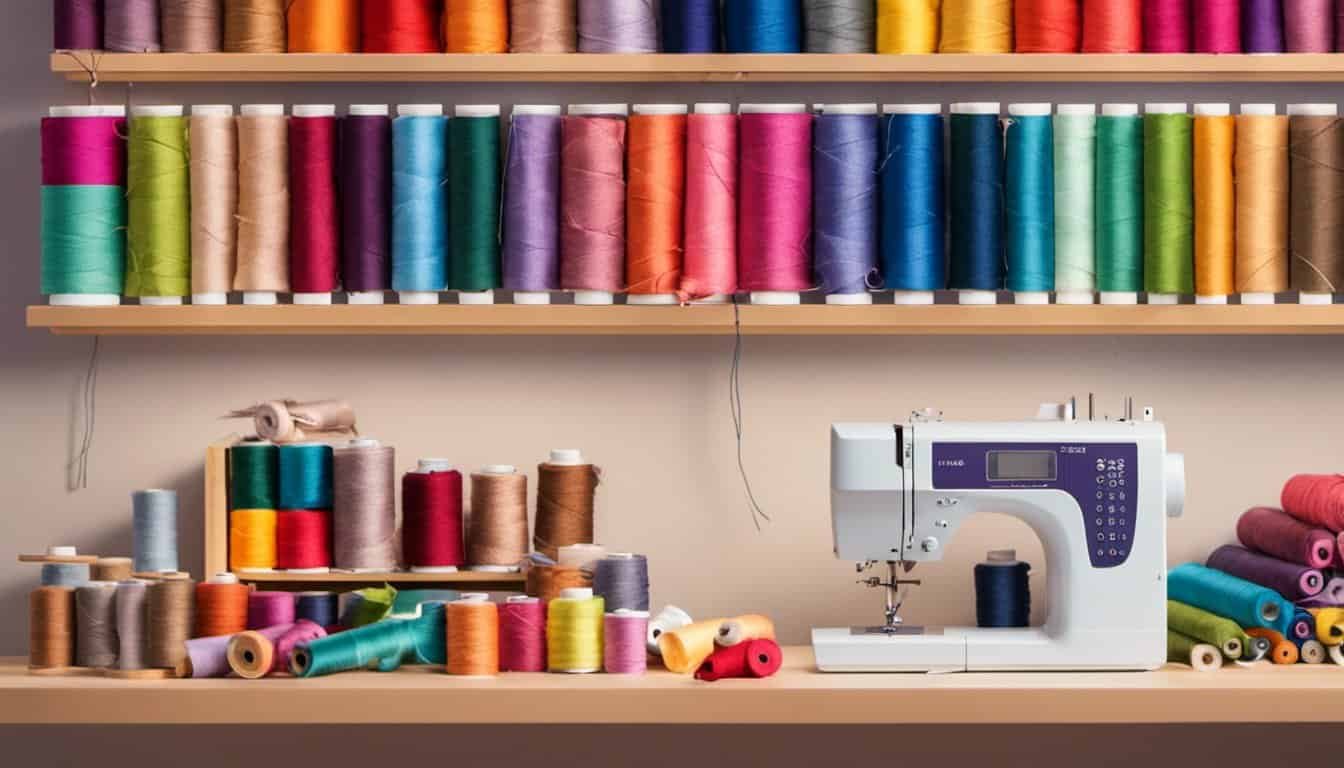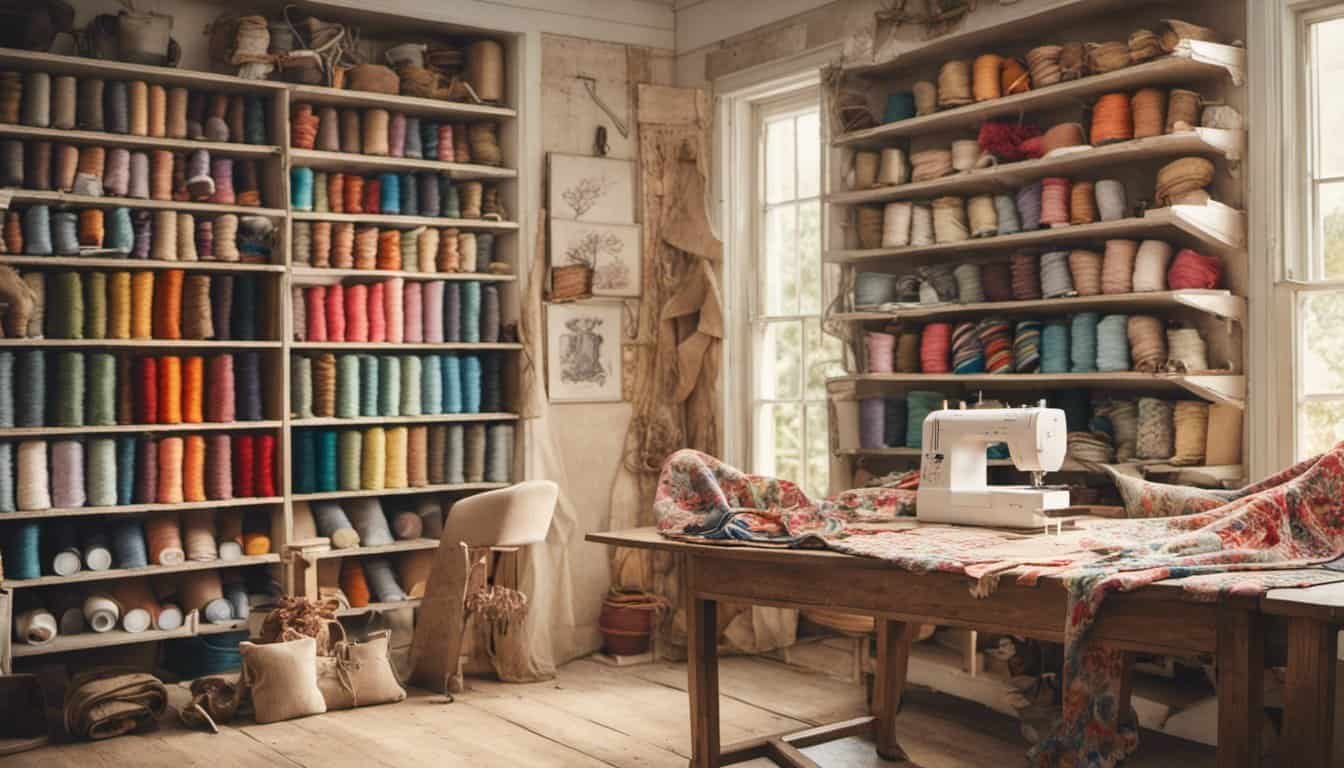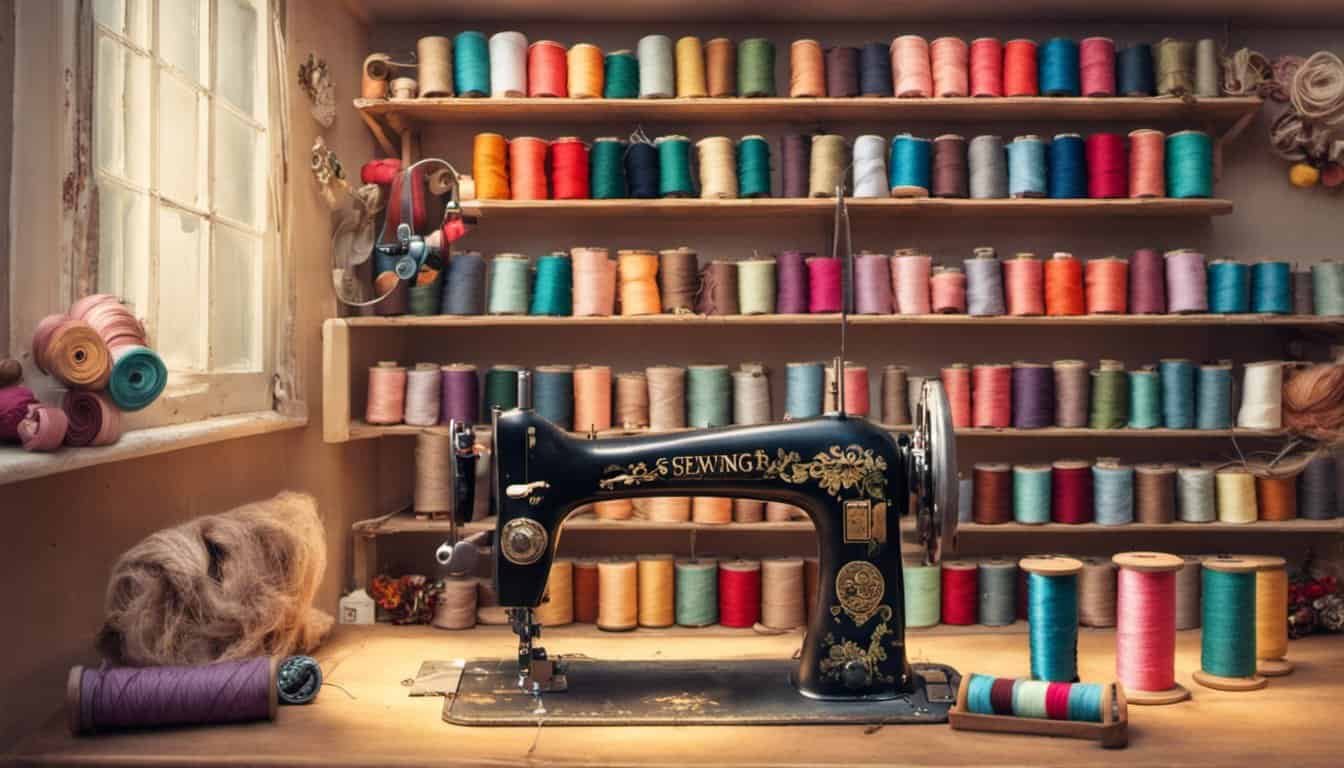There’s something so satisfying about creating something with your own hands, especially when it’s both stylish and functional. Making a fabric belt is one of those easy DIY projects that lets you add a personal touch to your wardrobe without breaking the bank. Whether you’re looking to accessorize an outfit or just try your hand at sewing, this project is a perfect place to start.
Benefits Of Making Your Own Fabric Belt
Creating a fabric belt offers more than just a stylish accessory. It combines creativity, cost-effectiveness, and practicality, making it a rewarding DIY project.
- Customization Possibilities
Making a fabric belt lets me choose patterns, textures, and colors that perfectly fit my style. Whether it’s bold prints, subtle tones, or specific fabrics like cotton and canvas, I get complete control over the design.
- Affordability
Store-bought belts, especially unique or high-quality ones, can be costly. By making mine, I save money while still achieving a custom, polished accessory. Repurposing scrap fabric or remnants further cuts expenses.
- Skill Building
Crafting a fabric belt requires basic sewing techniques, making it ideal for beginners. I practice cutting, sewing straight lines, and working with hardware like buckles, improving my skills with every project.
- Durability and Quality
Handmade belts often provide better quality and durability than mass-produced alternatives. I can pick sturdy materials and reinforce stitching, ensuring the belt lasts longer.
- Eco-Friendly Choice
Sewing my own belt reduces waste by repurposing old fabrics or using sustainable materials. It’s a small, creative step toward more environmentally conscious crafting.
Materials And Tools Needed
Having the right materials and tools ensures a smooth and enjoyable process when making a fabric belt. With these basics, you’ll be ready to start crafting in no time.
Choosing The Right Fabric
Select a fabric that’s sturdy yet flexible. Cotton canvas, denim, or twill work well for durability. For a softer look, use quilting cotton with interfacing for added structure. Choose patterns and colors that match your personal style or complement your wardrobe. If repurposing materials, check for wear or imperfections to avoid weak spots in the belt.
Essential Tools For The Job
Gather these essential tools before beginning:
- Measuring Tape: To ensure accurate length and fit for your belt.
- Fabric Scissors: Designed for clean, precise fabric cuts.
- Pins or Clips: To hold fabric layers securely while sewing.
- Sewing Machine: Ideal for straight, strong seams but, alternatively, a needle for hand-stitching works too.
- Thread: A high-quality thread in a matching or contrasting color.
- Iron: For crisp seams and evenly pressed fabric.
- Interfacing: Provides structure and stiffness to thinner fabrics.
- D-Rings or Buckle: To finish the belt and create an adjustable closure.
A well-prepared workspace and high-quality tools help simplify the sewing process.
Step-By-Step Guide To Making A Fabric Belt
Creating a fabric belt involves a few simple steps that even beginners can follow. With the right materials and tools already prepared, assembling your belt is a straightforward and enjoyable process.
Measuring And Cutting The Fabric
Accurate measuring ensures the belt fits perfectly. I measure my waist or hips (depending on where the belt will sit) and add 6 inches for overlap and adjustment. For width, I double the desired finished width to allow for folding and seam allowance. Using fabric scissors, I cut the fabric to the calculated dimensions, ensuring clean, straight edges.
Preparing The Belt Edges
To give the belt a polished look, I fold the fabric lengthwise, right sides together, aligning the edges. I press the fold with an iron to hold it in place. Next, I sew along the raw edges with a 1/4-inch seam allowance, leaving one short end open for turning. After sewing, I trim any excess fabric from the seams to reduce bulk and turn the belt right side out through the open end, using a point turner for crisp corners. Pressing the belt flat with an iron creates a clean finish.

Adding A Buckle Or Fastener
For closures, I choose D-rings, buckles, or snaps based on the design. When using D-rings, I slide two rings onto one open end of the belt and fold the fabric over the rings by about 2 inches. I secure this fold with pins or clips, then sew a straight stitch as close to the rings as possible while reinforcing with a backstitch for durability. Buckles, if preferred, require similar steps but ensure the buckle is positioned securely according to its clasp mechanism.
Sewing And Finishing Touches
Final steps ensure durability and style. I topstitch around the entire belt about 1/8 inch from the edges to secure the seams and add detail. For decorative touches, I select contrasting or coordinating thread for the topstitching or add trims, such as ribbon or embroidery. Afterward, I give the belt a final press with the iron, smooth out wrinkles, and inspect for any loose threads.
Tips For Personalizing Your Fabric Belt
- Choose Unique Fabrics
Opt for fabrics with eye-catching prints or textures. For example, floral patterns or geometric designs add a distinctive touch. Repurpose old clothes or fabric scraps to create belts that reflect your aesthetic while reducing waste.
- Add Embellishments
Use embroidery, fabric paint, or appliqués to make your belt stand out. Stitching initials or simple designs, like flowers or shapes, can add a personal flair. Consider decorative buttons or beads for additional texture.
- Experiment With Stitching Styles
Decorative topstitching can enhance the look of your belt. Use contrasting thread colors or intricate patterns to highlight its edges. Try zigzag or scallop stitches for visual interest.
- Incorporate Unique Closures
« How to Make Fabric Earrings at Home: The Ultimate Step-by-Step Guide You’ll Love
Simple Steps for Sewing a Sun Hat for Kids: A Fun & Creative DIY Guide You’ll Love »
Choose alternative closures, such as vintage buckles, wooden rings, or snaps, to give your belt a unique character. Mix materials, like pairing a leather buckle with a cotton fabric, for a creative blend.
- Play With Belt Widths
Customize the width to match the outfit. Create a wide belt for statement pieces or a narrow one for a subtle accent. Pair a wide belt with bold fabrics for attention-grabbing designs.
- Add Functional Features
Include elements like small loops or pockets to make the belt practical. A hidden pocket for keys or a loop for a scarf can elevate its functionality without compromising style.
Common Mistakes To Avoid
Ignoring Proper Fabric Selection
Using unsuitable fabric affects the belt’s durability and shape. I find sturdy fabrics like denim or cotton canvas work best. Thin or stretchy materials make belts flimsy, especially with frequent wear.
Skipping Interfacing
Omitting interfacing weakens the belt’s structure. Always add interfacing to reinforce fabric strength, particularly when using delicate or lightweight fabrics.

Measuring Inaccurately
Inconsistent measurements lead to poorly fitting belts. Measure carefully, leaving extra length for folds and fasteners. Double-check measurements before cutting.
Overlooking Edge Finishing
Raw edges fray quickly when unfinished. Press and sew the edges or use pinking shears for clean cuts. Neat edges ensure a polished appearance and prolong the belt’s life.
Rushing the Cutting Process
Sloppy fabric cuts result in uneven belts. Always cut slowly, ensuring straight lines. I recommend marking the fabric first with tailor’s chalk or a washable pen.
Neglecting the Buckle Placement
Incorrect buckle alignment makes the belt uncomfortable or unusable. Secure the buckle firmly, and test its position before sewing. For D-rings, ensure they’re parallel for smooth fastening.
Using Improper Thread
Weak or mismatched thread breaks easily or looks unprofessional. Choose a strong, coordinating thread that complements the fabric color for both practical and aesthetic value.

Forgetting to Backstitch
Skipping backstitches leaves seams prone to unraveling. Reinforce all starting and ending stitches with short backstitching to add strength.
Avoiding Ironing Steps
Wrinkled fabric impacts accuracy during cutting and folding. Press the fabric at each stage—before cutting, after folding edges, and after sewing—for a crisp finish.
Overcomplicating the Design
Adding excessive embellishments compromises the belt’s functionality. Choose simple enhancements like embroidery or fabric paint, avoiding elements that could hinder wearability or comfort.
Conclusion
Making a fabric belt is such a fun and fulfilling way to express creativity while building useful sewing skills. It’s amazing how a simple project like this can transform leftover fabric into something both stylish and practical.
I love how customizable it is—from the fabric choice to the little details that make it uniquely yours. Plus, knowing I’ve created something durable and eco-friendly always feels like a win.

Whether you’re a beginner or just looking for a quick DIY project, crafting a fabric belt is a great way to add a personal touch to your wardrobe. Give it a try—you might surprise yourself with how rewarding it can be!

















